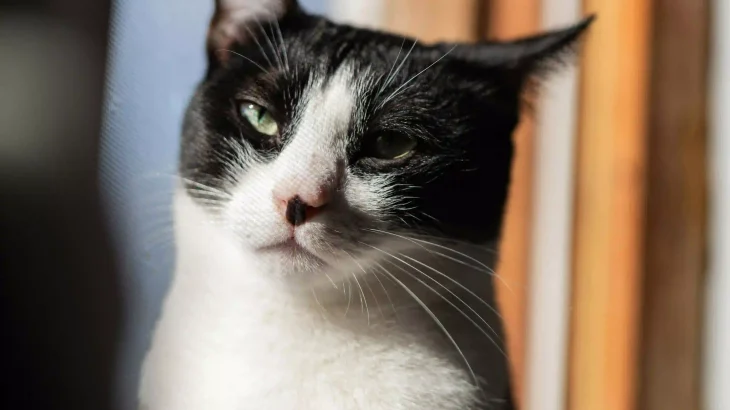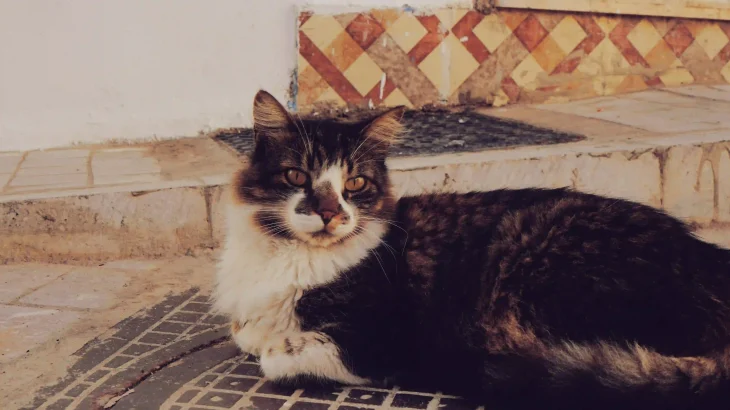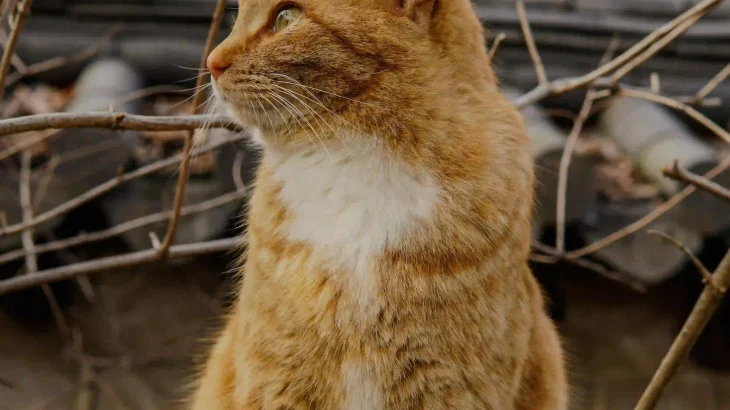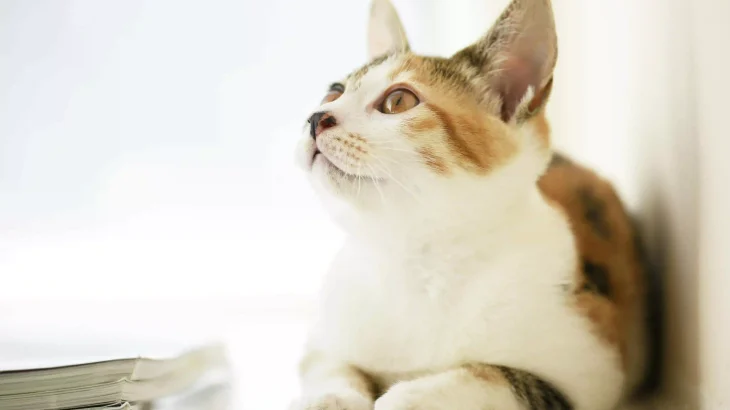Traveling with a Korean Bobtail cat requires thoughtful preparation to ensure their comfort, safety, and well-being. Proper planning helps make journeys enjoyable for both you and your feline friend, whether by car, plane, or other means.
Pre-Travel Preparation
Visit a veterinarian for a health check and vaccinations. Obtain necessary health certificates, especially for air travel or crossing borders. Ensure your cat wears a collar with an ID tag and consider microchipping. Acclimate your cat to its carrier ahead of time to reduce anxiety. Prepare all travel essentials in advance, including food, water, medications, and comfort items.
Traveling by Car
Always use a secure, well-ventilated cat carrier to prevent escape and ensure safety. Maintain a comfortable temperature and avoid direct sunlight on the carrier. Plan breaks every few hours to check on your cat and offer water; although your cat may prefer to stay in the carrier, quiet breaks help reduce stress. Never leave your cat unattended inside a parked car due to temperature risks.
Traveling by Air
Review airline pet policies carefully, as rules vary; some allow small cats in-cabin, others require cargo travel. Use an airline-approved carrier that lets your cat stand, turn, and lie down comfortably. Book your pet's spot well in advance due to limited allowances. Feed light meals hours before travel to reduce nausea and provide water access until boarding. Carry all required documents like health certificates, vaccination records, and ID.
Accommodations and Destinations
Choose pet-friendly accommodations and verify any size or breed restrictions. Understand local pet regulations to avoid surprises. Plan activities that are safe and cat-friendly, and identify quiet areas for your Korean Bobtail to relax or explore.
Travel Essentials
Bring your cat's regular food and bottled water to avoid digestive issues and dehydration. Pack medications, flea treatments, and a basic first-aid kit. Include familiar blankets, toys, or clothing carrying home scents to comfort your cat. Keep copies of vaccination records, microchip info, adoption papers, and emergency contacts accessible.












































